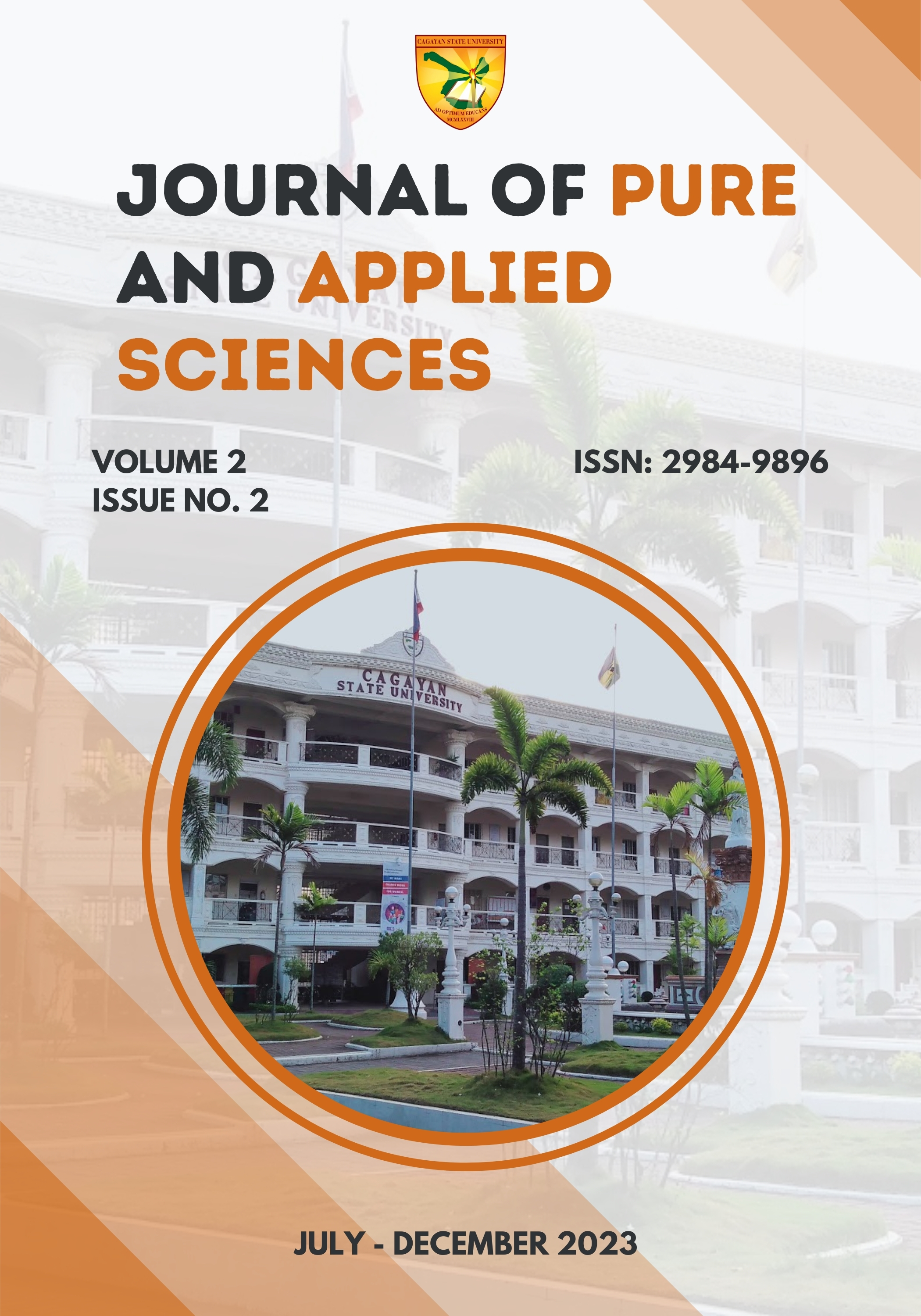Design, Fabrication, and Performance Evaluation of a Weeder for Upland Rice Production
Keywords:
weeding machine, upland rice, field capacityAbstract
The weeding machine made of locally available materials using local manufacturing technology was designed, fabricated, and tested to evaluate its performance in terms of operating time, actual field capacity, field efficiency, weeding efficiency, percent damaged plants, and fuel consumption rate at different ranges of angular speed of the engine; three ranges of the engine’s angular speed (1501-2000 rpm; 2001-2500 rpm; and 2501-3000 rpm) were used. The experimental design was completely randomized design. The performance of the weeder was evaluated using three (3) to four (4) week- old rice plants. Results indicated that when the machine was operated at angular speed from 1501 to 3000 rpm will result in a mean operating time, actual field capacity, field efficiency, and fuel consumption rate of 155.23 seconds, 888.99 m2/hr, 74.53, and 0.75 L/hr, respectively. Further, the mean weeding efficiency is 88.42%, and the mean percent damaged plants is 0.46%. The weeding efficiency of the machine surpasses the minimum standard for weeding efficiency and the percent damaged plants is lower than the maximum standard for percent damaged plants of 80% and 6%, respectively as specified in the Philippine National Standard (PNS) for weeders. When focusing mainly on manufacturing, assembling, and selling the machine, the investment model resulted in the following figures: Php 14,601.69 net income per year, Php 242,457.93 and 9 units break-even sales, 4.53 years payback period, and 18.07% return on investment. On the other hand, when considering machine rental as part of the investment model, the figures changed to Php 28,266.29 net income per year, 5.92 ha break-even point, 0.59 years payback period, 1.69 benefit-cost ratio, and 169% return on investment. Additionally, a comparative performance evaluation between using a weeding machine and manual weeding revealed that using the machine resulted to an increased capacity and efficiency and a savings of Php 4,840.00 in labor cost.

